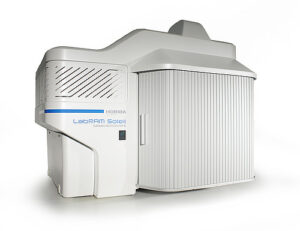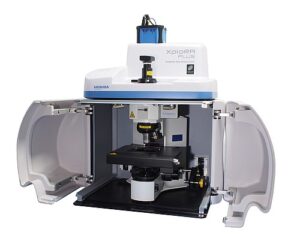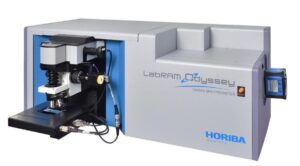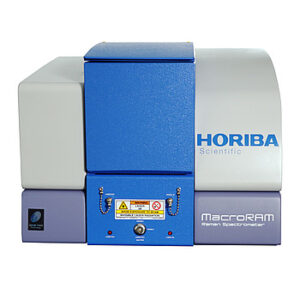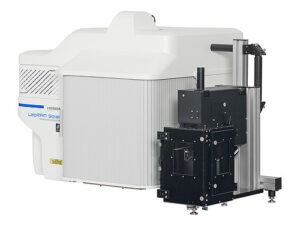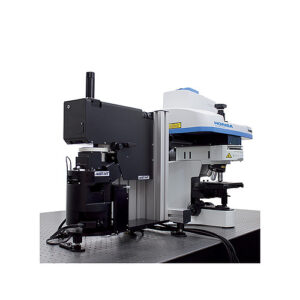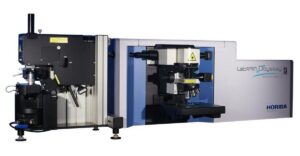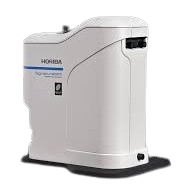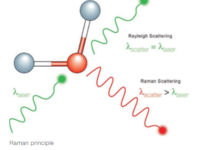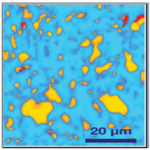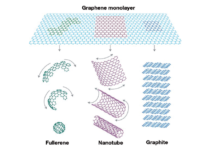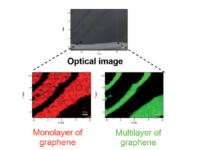Raman Spectroscopy and Imaging
What is Raman Spectroscopy?
Raman spectroscopy explained:
It is a technique for non-destructive microscopic chemical analysis, both qualitative and quantitative.
The Raman principle is a spectroscopic technique that measures the changes in the frequency of scattered light after interacting with a sample, providing information about the vibrations and rotations of molecules in that sample.
Our product range of spectroscopy equipment is characterized by high stability and reliability, high performance and speed (including patented Ultrafast Imaging functionalities) and time saving automation. Furthermore, combinations with other techniques are also available, such as Raman spectrometer combined with AFM technology to provide nanoscale measurements.
ST Instruments provides Raman spectrometers and other Raman Spectroscopy or Imaging solutions from HORIBA Scientific, a company that traces its history back to the major innovators of Raman instrumentation, such as the developers of the first Raman microscope, Professor Michel Delhaye and Edouard da Silva.

